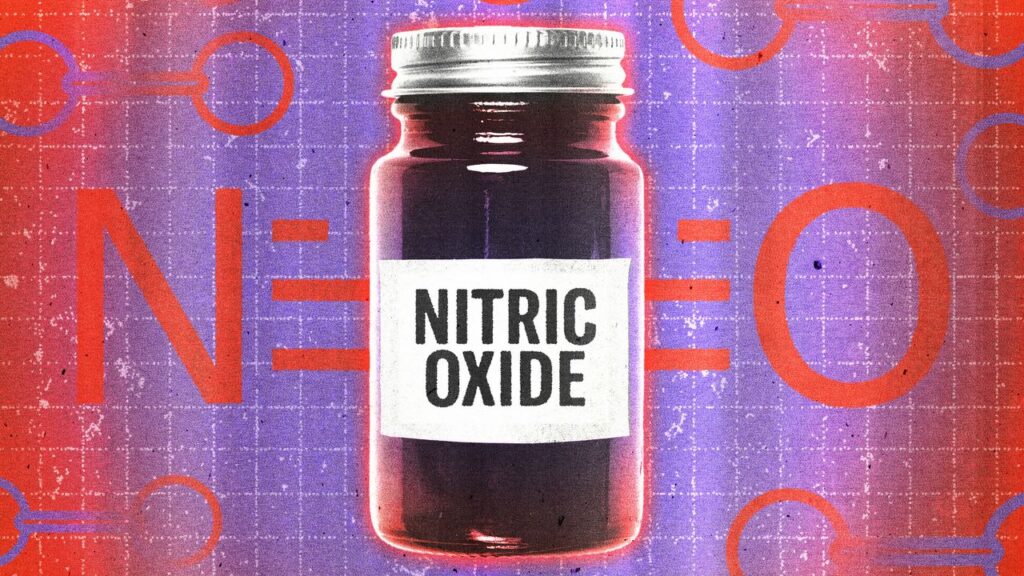As obvious as it sounds, simply breathing is one of the easiest ways to increase nitric oxide production. Types of breathwork include meditative slow breathes, nasal breathing and even humming. The latter, Baah explains, “creates vibrations in the sinuses, shaking loose a surge of nitric oxide that supports circulation and oxygen delivery.”
Food is also a great way to boost your nitric oxide intake. “Dietary sources such as beetroot, pomegranate juice, citrus, nuts, seeds (arginine-rich), spinach, rocket, and other nitrate-rich vegetables are excellent for supporting natural nitric oxide production and provide fiber, antioxidants, and micronutrients,” says Coralie Norman, a registered nurse.
Baah corroborates Norman with the following: “Controlled studies show dietary nitrates, particularly from beetroot juice, can reduce the oxygen cost of steady-state exercise by up to ~5%. That is a meaningful edge for runners, rowers, and cyclists.”
Where do creatine and protein powder fit in?
Nitric oxide should not replace your other supplements, but work alongside them. “Nitric oxide boosters occupy a different lane,” says Baah. “Protein is foundational. Creatine is the most researched ergonenic aid in history. Nitric oxide supplements are situational tools rather than essential building blocks.” He follows up with a simple analogy: “Protein is your bricks, creatine is the scaffolding, nitric oxide is the plumbing system that keeps everything running smoothly.”
What reduces nitric oxide in the body?
“Our ability to produce nitric oxide declines with age,” says Laurence. “Chronic stress, poor sleep, and diets high in processed foods can also impair nitric oxide pathways.” Thankfully, certain supplements can help slow this natural drop, along with regular exercise and specific foods: “Antioxidants like vitamin C and polyphenols, found in berries and dark chocolate also protect nitric oxide from breaking down too quickly.”
Everything you need to know about nitric oxide supplements
As is so often the case with supplements, nitric oxide products don’t actually contain nitric oxide itself. “They provide precursors that the body converts into nitric oxide,” says Laurence, which means you need to get under the bar and put in the work to see its effects in action. Another myth Laurence wishes to dispel is that they don’t directly build muscle themselves. “They may enhance blood flow and recovery, but muscle growth still depends on many other factors.”
How to choose a supplement
Select products that contain L-arginine and L-citrulline or beetroot extract. Norman suggests looking for “clear labelling of active ingredients, third party testing or quality certification and the absence of unnecessary stimulants or proprietary blends”.
Timing is important
Supplement timing comes down to the type in your hand. Baah says if you’re using nitrates, take your supplement 2-3 hours before an event. “This is when plasma nitrate peaks,” he says. As with citrulline, 40-60 minutes pre-workout is sufficient, as “this allows conversion to arginine (building blocks for protein) in time for the session.”
Take with caution
The recommended dosage for L-arginine is 3-6 grams and for L-citrulline, is 3-8 grams daily. Norman suggests starting with a small dose and seeing how your body reacts.


